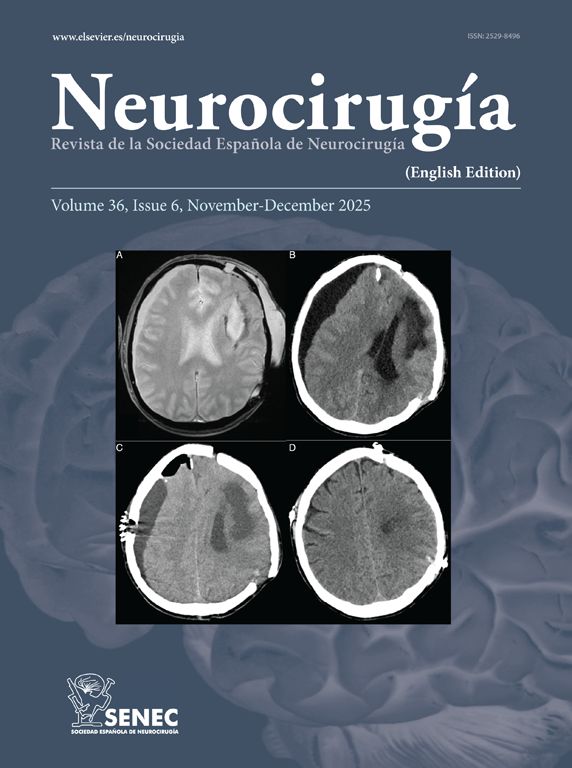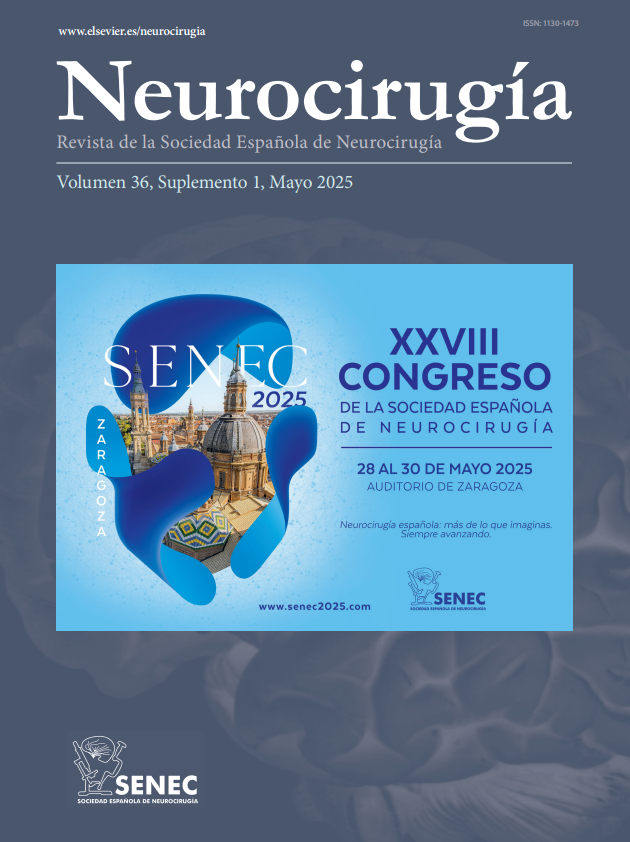Anterior sacral meningocele is a rare complication associated with Marfan syndrome. There is no consensus regarding management and surgical treatment. Here, we describe the case of a 44-year-old women with Marfan syndrome who presented a progressive abdominal mass with gastrointestinal and urinary symptoms. Abdominopelvic MRI revealed a 3cm S1 dural ectasia and a 19x17x15cm abdominal mass. A posterior sacral transdural approach was performed. Dural friability made ligation unfeasible. Obliteration with a fat flap and fibrin sealant was the treatment alternative. Postoperative MRI imaging performed 4 months after surgery evidenced complete resolution of the intrabdominal collection. The patient remains free of symptoms 2 years later. Here we present one of the largest meningoceles reported to date in the literature, and illustrate the surgical management in a patient with Marfan syndrome, where technical difficulties arose. Solely posterior sacral transdural approach with fat graft may be sufficient for the treatment of these patients even with voluminous pelvic meningoceles.
El meningocele sacro anterior es una complicación rara en el síndrome de Marfan, sin consenso en cuanto a su manejo y tratamiento quirúrgico. Presentamos el caso de una mujer de 44 años con síndrome de Marfan, que desarrolló una masa abdominal progresiva con síntomas gastrointestinales y urinarios. La resonancia magnética abdominopélvica mostró una ectasia dural en S1 de 3cm y una masa abdominal de 19x17x15cm. Se realizó un abordaje sacro transdural posterior. La friabilidad dural impidió la ligadura, optándose por la obliteración con un colgajo graso y un adhesivo quirúrgico de fibrina. La resonancia postoperatoria a los cuatro meses evidenció resolución completa de la colección, y la paciente persiste asintomática tras dos años de seguimiento. Este caso, uno de los meningoceles de mayor tamaño reportados, ilustra un abordaje quirúrgico eficaz en síndrome de Marfan. Un acceso sacro transdural posterior con injerto graso puede ser suficiente incluso en meningoceles pélvicos voluminosos.
Article

If it is the first time you have accessed you can obtain your credentials by contacting Elsevier Spain in suscripciones@elsevier.com or by calling our Customer Service at902 88 87 40 if you are calling from Spain or at +34 932 418 800 (from 9 to 18h., GMT + 1) if you are calling outside of Spain.
If you already have your login data, please click here .
If you have forgotten your password you can you can recover it by clicking here and selecting the option ¿I have forgotten my password¿.









